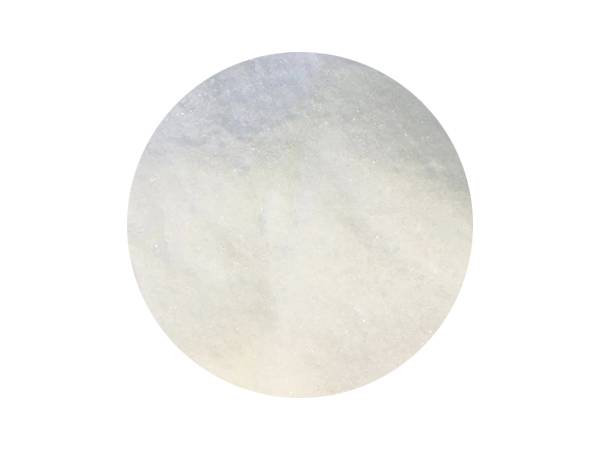



polyacrylamide cas number
Understanding Polyacrylamide Applications, Properties, and CAS Number Significance
Polyacrylamide is a versatile synthetic polymer that has found its way into numerous industrial and environmental applications. Known for its unique properties, polyacrylamide plays a crucial role in fields such as water treatment, agriculture, and oil recovery. The importance of this polymer is underscored by its specific Chemical Abstracts Service (CAS) number, which simplifies identification and ensures proper handling in research and industrial settings.
What is Polyacrylamide?
Polyacrylamide (PAM) is formed through the polymerization of acrylamide monomers, which can occur in both linear and cross-linked forms. This synthetic polymer is recognized for its high molecular weight and ability to absorb water, making it an excellent agent for the improvement of soil properties and as a flocculant in wastewater treatment. The structure of polyacrylamide allows it to form gel-like substances when mixed with water, facilitating a variety of physical and chemical interactions.
CAS Number and Its Importance
The CAS number for polyacrylamide is 9003-05-8. This unique identifier helps researchers and manufacturers easily find detailed information about the substance, including safety data, regulatory status, and potential applications. The CAS system provides a reliable way to track and manage chemicals, ensuring that professionals working with polyacrylamide can reference the correct compound, even when commonly used names vary.
Applications of Polyacrylamide
1. Water Treatment Polyacrylamide is extensively used in the treatment of wastewater to flocculate suspended particles, making them easier to remove. This application is vital for municipalities and industries aiming to comply with environmental regulations concerning water quality.
polyacrylamide cas number

2. Agriculture In agricultural practices, polyacrylamide is utilized to enhance soil structure and increase water retention. This is particularly beneficial in arid regions where irrigation is essential. By reducing erosion and improving moisture levels, polyacrylamide contributes to sustainable farming practices.
3. Oil Recovery In the oil industry, polyacrylamide is employed in enhanced oil recovery techniques. When injected into oil reservoirs, it helps to increase the viscosity of the water used for oil extraction, improving the displacement of crude oil and elevating recovery rates.
4. Cosmetics and Personal Care Products Due to its thickening properties, polyacrylamide is also used in various cosmetic and personal care products. Its ability to form gels and emulsions makes it a common ingredient in lotions, creams, and hair products.
Safety and Environmental Concerns
While polyacrylamide has many beneficial applications, there are concerns surrounding its use, particularly regarding the acrylamide monomer, which is classified as a neurotoxin and potential carcinogen. Proper handling and regulatory compliance are crucial to minimize risks. Manufacturers often provide detailed safety data sheets (SDS) to inform users about potential hazards associated with polyacrylamide and its monomers.
Conclusion
Polyacrylamide is an essential polymer with a wide range of applications across various industries. Its CAS number, 9003-05-8, serves as a valuable tool for ensuring the safe and effective use of this compound. As research evolves, so too does the potential for polyacrylamide in innovative applications. However, it is critical for users to remain vigilant regarding safety practices and environmental regulations to maximize the benefits of polyacrylamide while mitigating any associated risks.
-
Why Sodium Persulfate Is Everywhere NowNewsJul.07,2025
-
Why Polyacrylamide Is in High DemandNewsJul.07,2025
-
Understanding Paint Chemicals and Their ApplicationsNewsJul.07,2025
-
Smart Use Of Mining ChemicalsNewsJul.07,2025
-
Practical Uses of Potassium MonopersulfateNewsJul.07,2025
-
Agrochemicals In Real FarmingNewsJul.07,2025
-
Sodium Chlorite Hot UsesNewsJul.01,2025










